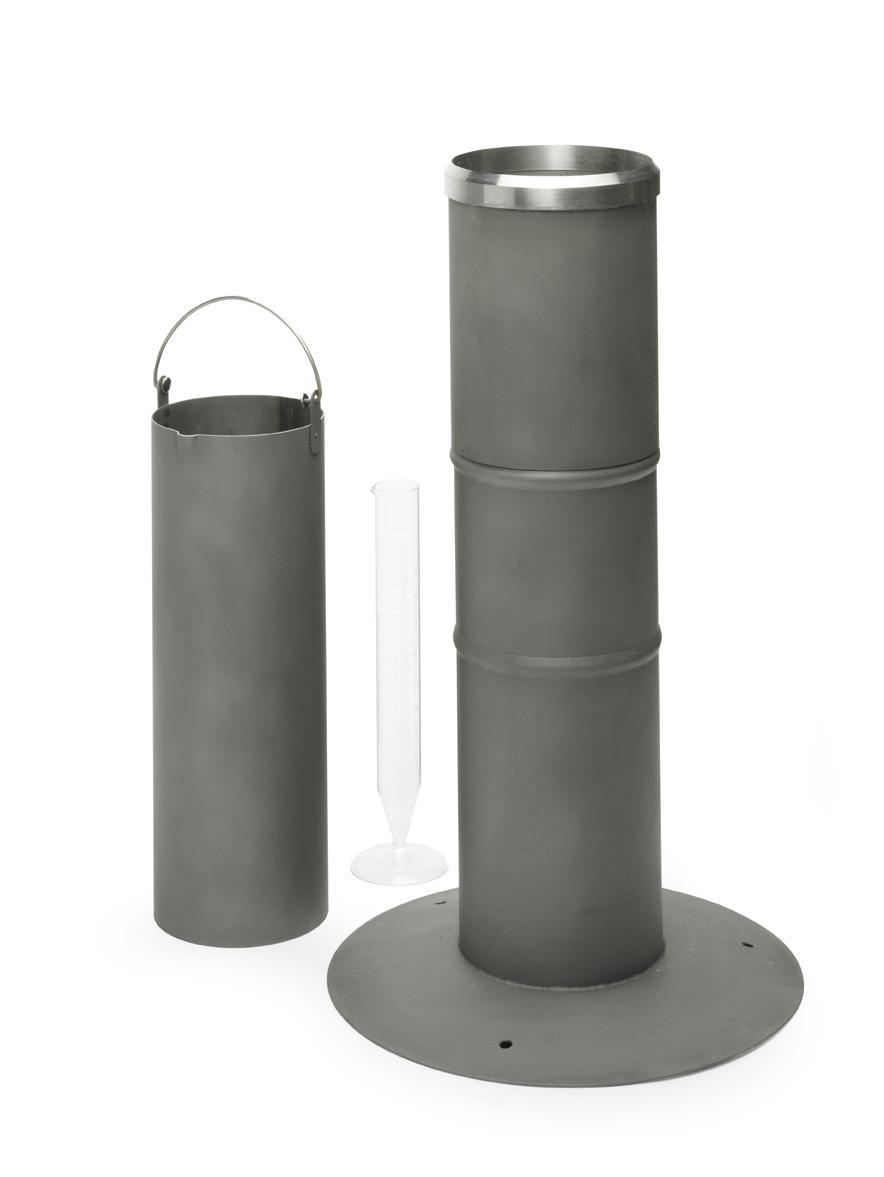Unveiling the Scientific Research Behind Rainfall Determines: How These Instruments Play an Important Role in Climate Research and Environmental Monitoring
Rainfall determines, seemingly basic devices, hold an extensive importance in the world of environment research study and environmental surveillance. As we peel back the layers of this clinical veil surrounding rainfall determines, we uncover a world where precision, data accuracy, and careful observation assemble to introduce a deeper understanding of our transforming climate and its influence on the planet.
Importance of Rainfall Scales
Rain evaluates play an indispensable function in tracking and gauging precipitation degrees, offering crucial information for climate research study and evaluation. These tools are basic in measuring the amount of rains that occurs in a specific location over a specific duration. By determining and gathering rainwater, rain assesses offer important insights into the distribution and strength of precipitation, aiding meteorologists, hydrologists, and climatologists in understanding weather patterns and fads.
Furthermore, long-term information collected from rain determines assists in assessing environment change effects and patterns, contributing considerably to clinical research and decision-making processes. In essence, rainfall evaluates offer as crucial devices in the field of meteorology and ecological science, playing an important duty in progressing our understanding of weather condition and environment characteristics.
Types of Rain Scales

Capability and Operation
In the world of environment research and meteorological studies, the effectiveness of rain evaluates lies in their detailed functionality and accurate operational devices. Rainfall determines are created to precisely measure the quantity of precipitation that falls over a details area during a set period.
The performance of rain assesses is based on the concept of gauging and collecting rain in a standardized manner. This collected data is vital for comprehending local weather condition patterns, tracking lasting environment patterns, and analyzing environmental effects. To guarantee exact dimensions, rain determines demand to be strategically placed in open locations away from blockages such as buildings or trees that can hinder the collection process.
The operational element of rain assesses includes normal maintenance to stop debris buildup, calibration checks to preserve measurement precision, and data tape-recording for evaluation (rain gauge). Generally, the functionality and procedure of rain gauges are important for collecting trustworthy rainfall data essential to climate research and environmental tracking
Function in Climate Research
Given the crucial significance of accurate rainfall measurements in comprehending weather condition patterns and ecological influences, the duty of rain gauges in environment research is indispensable. Rain determines give important information for environment research study by quantifying the amount of rainfall that tips over a specific location during a given period. This data is vital for monitoring lasting fads in rainfall patterns, analyzing the impact of environment adjustment on rains circulation, and improving climate models.

Environment scientists make use of Check Out Your URL data gathered from rain evaluates to assess variants in rainfall levels, recognize local climate trends, and assess the performance of water resource monitoring techniques. By contrasting historical rainfall data with present measurements, researchers can find shifts in precipitation patterns, such as adjustments in the frequency or strength pop over to these guys of rains events. This details is vital for recognizing how climate modification is affecting precipitation dynamics and can assist policymakers make notified choices regarding adaptation and mitigation strategies.
Applications in Ecological Tracking

In flood projecting, rainfall gauge data aids to track rains intensity and distribution, permitting authorities to release prompt warnings and take necessary actions to mitigate click to find out more flooding dangers (rain gauge). Drought monitoring depends on rainfall scale data to evaluate moisture degrees in the soil and track rainfall shortages, assisting in the identification of drought-prone locations and the application of drought reaction approaches
Additionally, rain scale information plays an important duty in water source administration by giving information on water accessibility and use trends. Furthermore, in agriculture, rain gauge data assists farmers in maximizing irrigation schedules, crop choice, and total ranch management methods based on local rainfall patterns.
Verdict
To conclude, rainfall gauges are important devices for determining rainfall, supplying useful information for environment research and environmental monitoring. With various types and functionalities, rain evaluates play a crucial role in understanding rainfall patterns and their influence on the setting. By properly determining rains, these tools add to the innovation of clinical understanding and help in making informed choices pertaining to water source management and disaster readiness.
Rainfall evaluates play an indispensable role in monitoring and measuring precipitation levels, giving necessary data for environment research study and analysis. The conventional rain gauge, known as the "tipping container" gauge, is one of the most commonly utilized gadgets. Ultrasonic rainfall gauges use audio waves to find the presence of rainfall, giving real-time information on precipitation levels.Environment researchers make use of data gathered from rainfall gauges to examine variants in rainfall degrees, recognize regional climate fads, and evaluate the performance of water source administration techniques.In conclusion, rainfall gauges are crucial tools for measuring rainfall, offering beneficial data for environment research and environmental tracking.